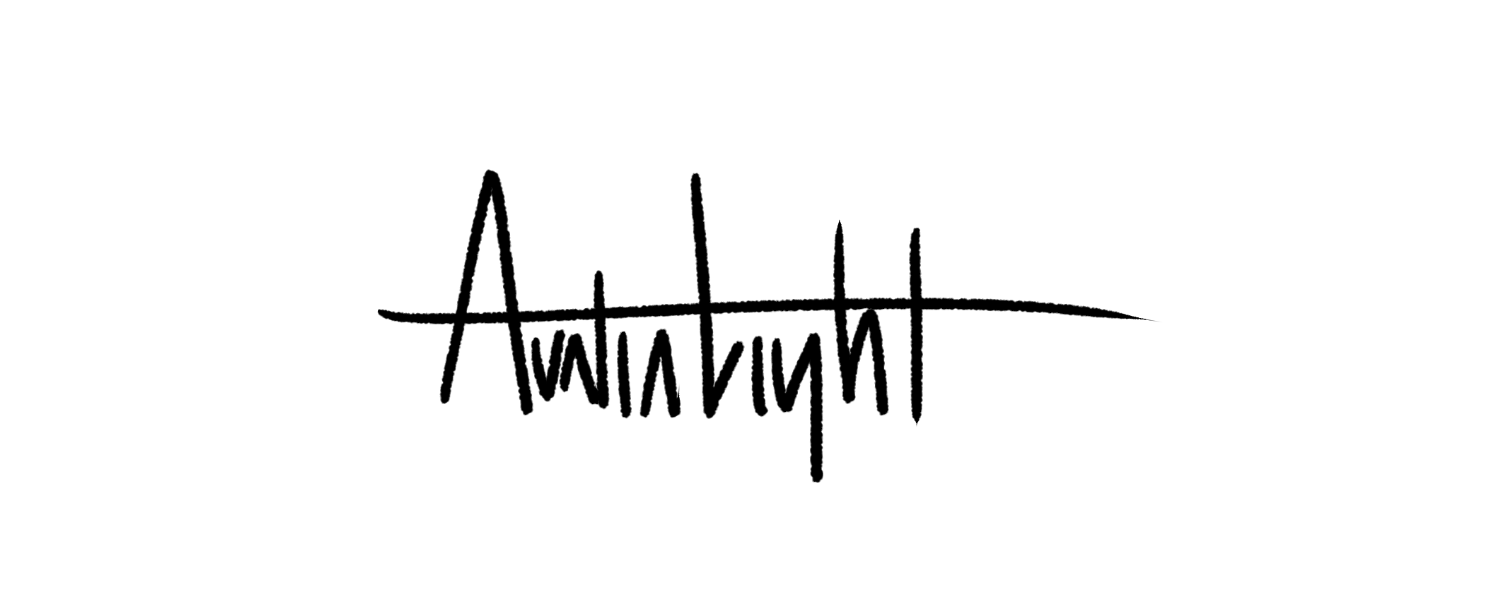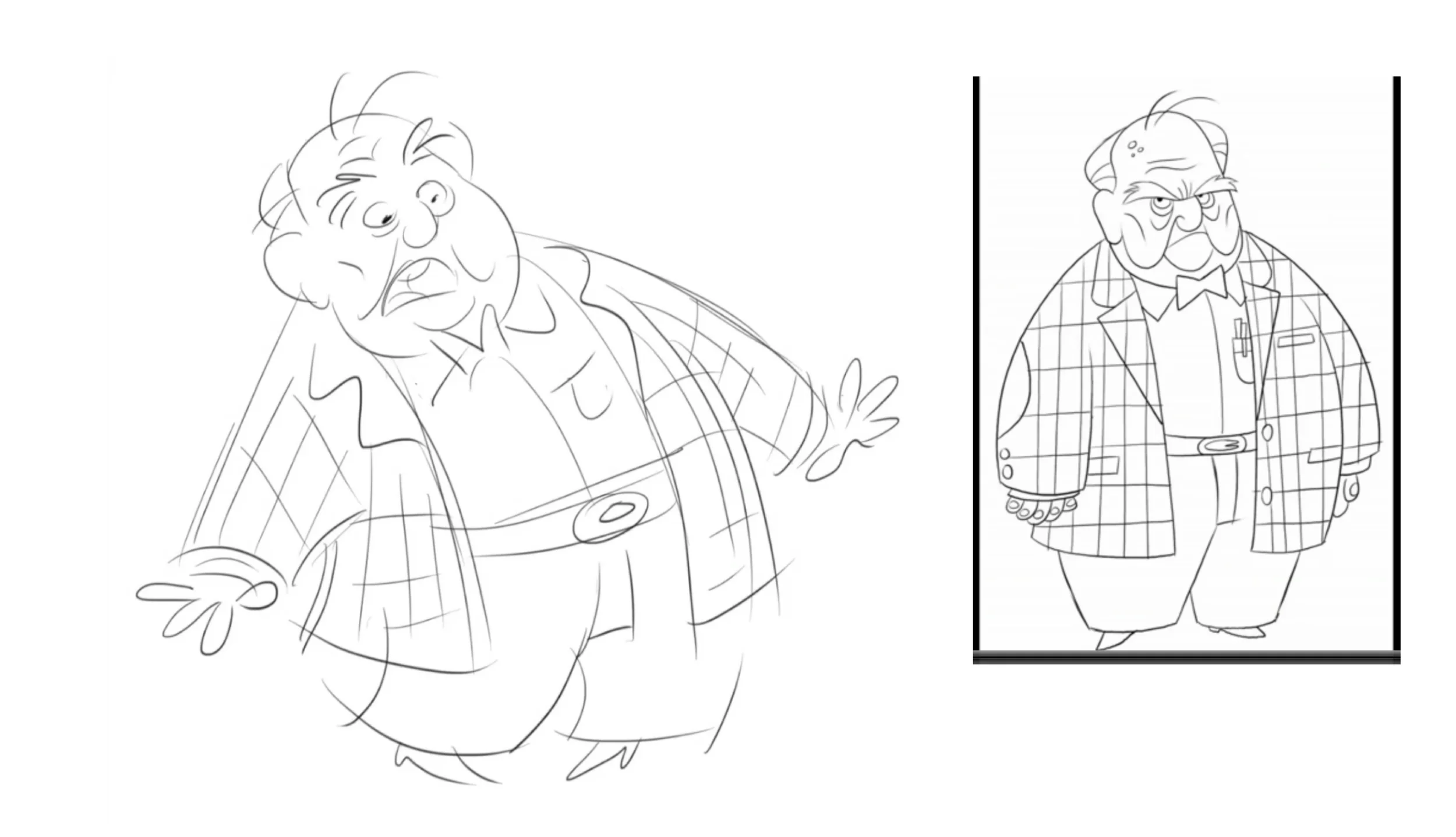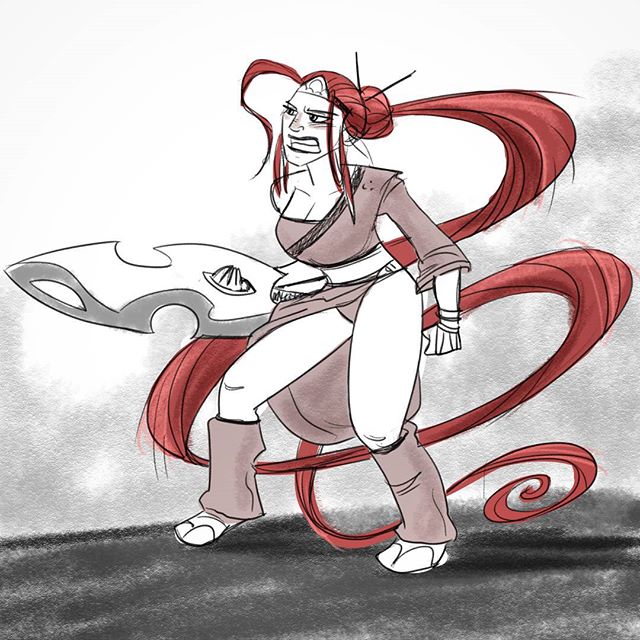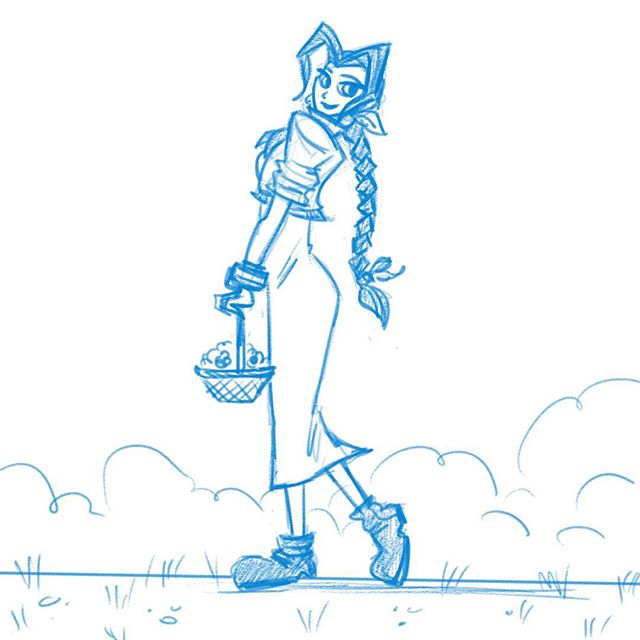Advanced Character Design with Stephen Silver Part 6
/This week’s lesson was split up into two parts. The first part was about drawing from reference…objects. Instead of drawing from pictures or photos of people and animals, Stephen used objects around his house as inspiration for new characters. A lamp, a candle holder, and more all served as the jumping off point for new characters.
Our first assignment then was to take a picture of a random object in our house and sketch a couple characters with it. I went with my son’s sippy cup and quickly drew these three guys.
That’s far from my best work, but I enjoyed the exercise and will definitely be doing it again when brainstorming characters. It’s just a great way to force you to think outside the box.
Part two of the lesson was about a little-known job in the animation industry called storyboard clean up. Storyboards are pulled together quickly, and the characters in them aren’t always “on brand.” The storyboard clean up artist will get a rough storyboard sketch and a reference of the character in it (in a more finished state) and is then tasked with making sure the character in the storyboard looks like it’s supposed to.
Stephen showed a few examples from The Fairly Odd Parents. One image had a dad character who was supposed to be in a boy scout uniform in the final show. Stephen was supplied with the storyboard image and a finished image of another adult character in a boy scout uniform. He took the information from that finished image and what he knew of the show’s style to clean up the pose in the storyboard and put the character in the right outfit.
Our second assignment was to clean up a rough image of an old man looking frightened. Here’s the image we were provided, both the storyboard and the reference.
I had a tough time with this one because there was so little context. What’s the old man looking at? Is he scared of something below him? In front of him? Is it a sound that spooked him? Where is he in the scene? All I could do was guess (I asked Stephen when I turned in my assignment if that’s how the job really goes, and you hear him answer it in the video).
Here’s what I turned in:
And here’s Stephen’s feedback.
Our next assignment was to turn a celebrity into an animal. I turned Kevin Hart into an otter, which was a lot of fun. Come back next week for feedback on that one!












